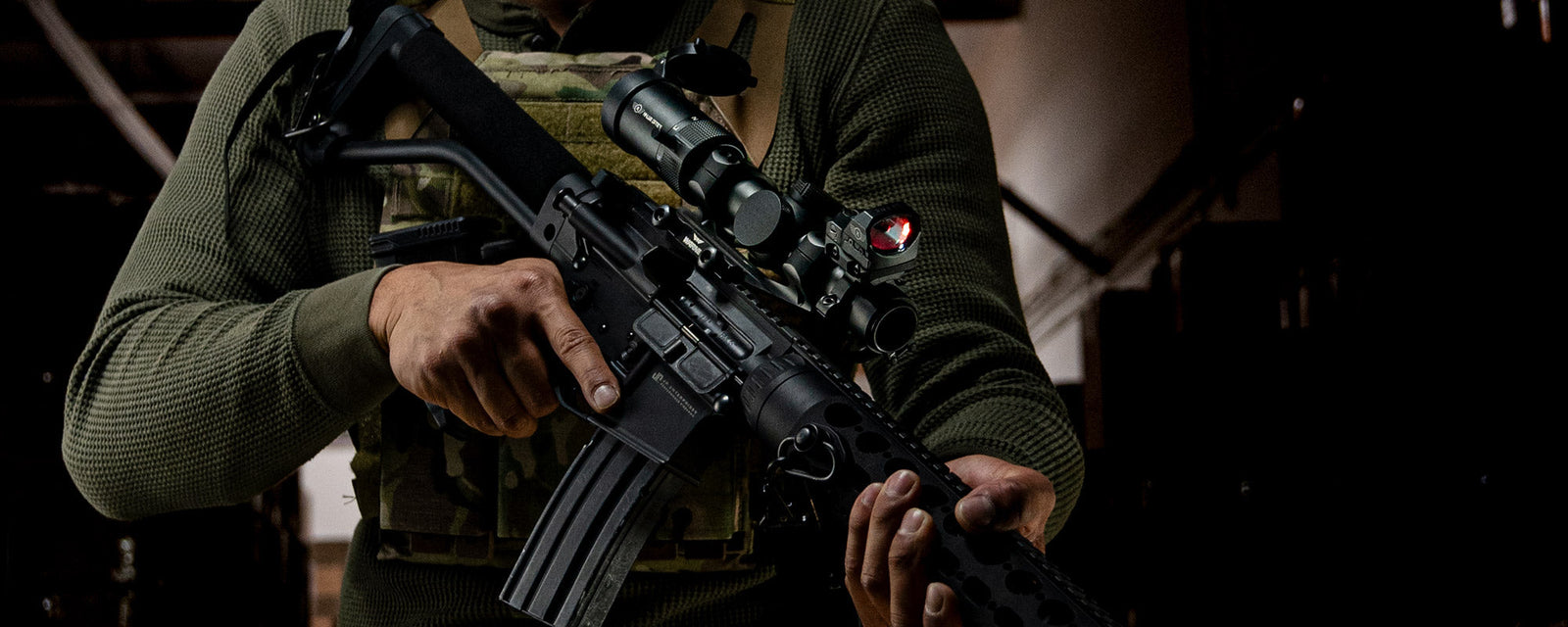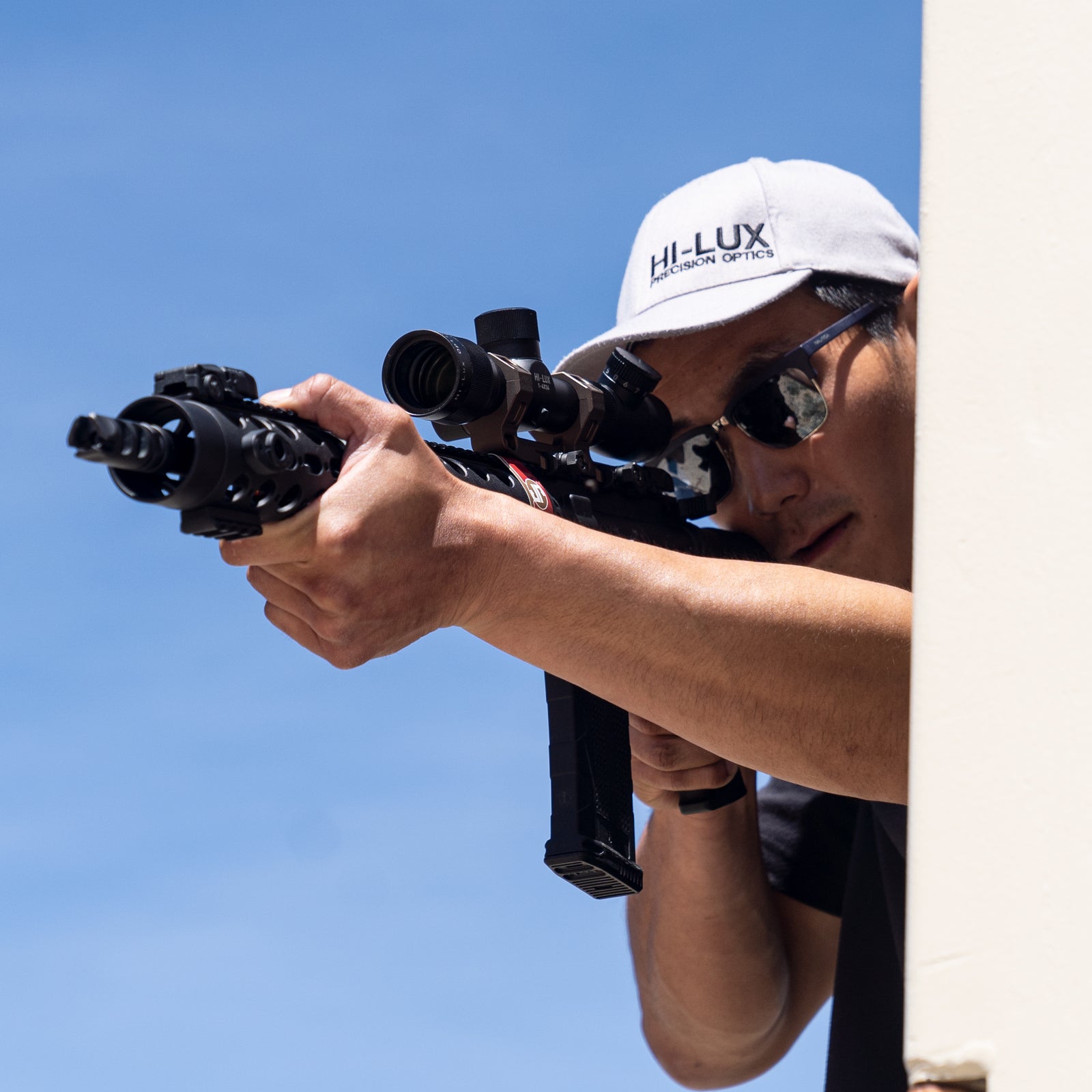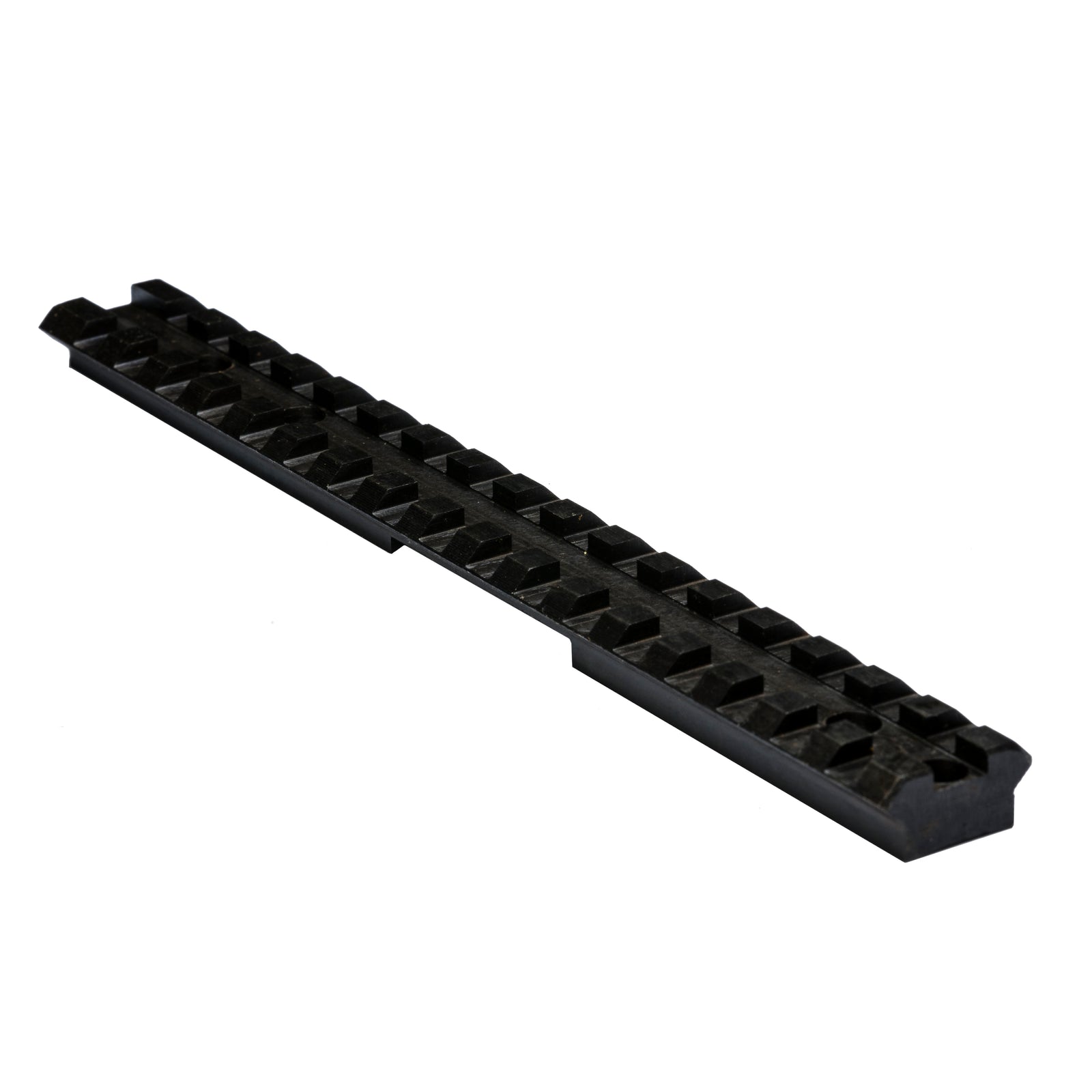Imagine, if you will, two miles of sandy beach. At one end is you, with a selection of rifles featuring prototype cartridges and heavyweight bullets. At the far end is your target, up to 3200 yards away. The target is made of wood, layered in one-inch thick sections. The goal is to test bullet penetration at great distance, which now means you have to hit the darn thing. Repeatedly. Without a scope.
This was the job for Mr. R. T. Hare of Springfield Armory. But let’s step back in time to lay the foundation for what that day in October was all about.
Not long before these 1879 tests was the 1877-1878 Turko-Russian War. There were reports at the time of infantry fire reaching out to 1 ½ miles, which made the Chief of Ordnance for the US Army quite intrigued. He wanted to test the US’s small arms under similar conditions, and hopefully find the combination of rifle and cartridge that would go the distance.
So let’s step back even farther.
At this time, many firearms were still muzzleloaders. Breechloaders existed out in the world, and the military was looking at switching from the older to the newer system. Springfield’s master armorer, Erskine S. Allin, had developed a pretty straightforward way of converting muzzleloaders - and had patented it more than a decade earlier. He’d mill out the rear portion of the barrel, then fasten a hinged breech block on top of the barrel. A small latch was installed to open and close the breech block, while a ratchet-operated extractor would remove the fired case. A special .58 caliber rimfire cartridge was developed, of the proper size and pressure for the original barrel to be used.

This slightly new rifle was dubbed a Trapdoor Springfield. Allin and his conversions are important to our story today because the Allin-Springfield Model 1873, the fifth iteration of his modification and finally chambered in centerfire .45-70, was up to bat. It was one of the first breech loading firearms used by the US Army.
In a test just before summer, the 1873 Trapdoor Springfield competed against a Martini-Henry, the first purpose-built breechloading rifle made for Britain. The Martini’s action was unquestionably of stronger design, but both rifles were expected to at least hit the targets sitting 1000 to 1500 yards distant. Both rifles were in the neighborhood of 9 lbs, had 33 inch barrels, used .45 caliber rounds, and probably kicked like a mule. The Springfield used a .45-70 cartridge with 405 grains of lead, while the Martini used a .450-577 cartridge with 480 grains of lead. A minor change to the Springfield’s cartridge enabled the Trapdoor to function for even more testing. Using a slightly longer case and 15 extra grains of powder, the .45-85-405 cartridge was put to the test in the Springfield as well.

It was found that the rifles were grouping roughly the same at 1000 yards, with an average group radius of three feet. From a machine rest, the rifles were expected to hold around 4 MOA of precision. This means that Mr. Hare, using a sandbag at the muzzle and a steel buttplate at the rear, was holding groups just as tight as an immobile firing platform. With iron sights. And roughly 180 to 200 MOA of adjustment. The ballistic arc was so pronounced that the vertical spread was nearly double the horizontal spread of the groups, as the bullet came down at the target like a mortar round.
The 1000 and 1500-yard tests were conducted at Longmeadow, Massachusetts, about 80 miles West of Boston. To reach out even farther, it was decided that the beaches at Sandy Hook, New Jersey, would provide ample room for some October tests. As an added bonus, the splash from the sand might make it easier to identify impacts.
I’ll be honest with you - from the sound of the reports, it seems like they had someone hanging out near the target to keep an eye on where the bullet landed. I do not envy that person, who had to keep an eye on the sand as the rifle was getting dialed in, sending reports as each shot stepped closer and closer to the observation spot.
A few more changes had been made to the rifles and their cartridges. The Springfield rifle, of course, still fired the Army’s standard .45-70-405 cartridge. A new 500 grain prototype bullet had been crafted, leading to the .45-80-500 cartridge with a longer case. The Martini-Henry fired a .45-85-480 cartridge.
When testing earlier at 1500 yards, the targets had been 12 feet by 12 feet square - roughly 9.2 MOA. They had been made this large to be both visible and to deal with the broad groupings of the rifles. At the longer-range beachside tests, the target was built to an impressive 44 feet long and 22 feet high, with a bullseye six feet across. When placed initially at 2500 yards, this made the target 20 MOA wide and 10 MOA tall. When the target was later moved to 3200 yards, it was equivalent to 15.75 x 7.9 MOA.
As it turned out, all three cartridges were able to reach the target at 2500 yards… with varying degrees of success. The .45-70-405 service load made contact 5 times out of 70 shots. The long-range .45-80-500 load managed four hits in thirty shots. Meanwhile the Martini-Henry’s .45-85-480 hit just a single time out of 80 shots. I have a feeling they kept shooting the Martini until they finally got a hit. To look at these impacts another way, the 500 grain bullet hit the target 13% of the time. The 405 grain bullet hit 7%. The 480 grain managed just 1%.
To get the sights on target, a special extension for the rear sight had to be built. The .45-70-405 cartridge needed to be fired at a severe 17 degrees and 8 minutes to reach 2500 yards. The 45-80-500 needed a meager 10 degrees and 38 minutes. The necked-down .45-85-480 sat in the middle, at 13 degrees and 20 minutes. There are 60 minutes in one degree. That means the sights needed to provide somewhere between 638 and 1028 MOA of adjustment.

The purpose of the test wasn’t precision, though - it was penetration. So while I’ve been focusing on whether or not these rifles could even hit the target, I’ve been neglecting how much force they actually carried to the target. Unsurprisingly, the 500 grain projectile penetrated the wood-paneled targets the most, at 5 and ¼ inches. The 405 grain managed the least, with 1 and ⅛ inches.
The tests also revealed a limit to the Martini-Henry’s range, at around 3200 yards. It was found that if the rifle was pointed any more up, the range decreased. If pointed any lower, the range decreased as well. The perfect angle was 26 degrees and 51 minutes, or 1611 MOA. The Martini never actually hit the target when at 3200 yards, with most shots falling around 75 yards short of the target. To give Mr. Hare credit, he tried that 3200 yard shot with the Martini over 300 times. I’m sure his shoulder was relieved when he decided to stop.

Showing off its long range potential, the .45-80-500 cartridge overshot the target by 300 yards when first getting dialed in, leading to an extreme potential range of 3500 yards. That’s two miles, give or take a few steps. The rifle only had to be tilted a mere 20 degrees and 51 minutes, or 1251 MOA.
While it may not be impressive to hit a 44-foot-wide target at two miles today, finding this out in the late 1800s laid the groundwork for later machine gun fire. The fact that the 500 grain bullets were still capable of doing damage at this distance meant that rifles could be used for long-range harrying fire - a tactic carried over to the faster-firing firearms of the world wars, which were chambered for rifle cartridges.
Today’s story has been filled with a lot of math. I’d like to break this all down with one important analogy.
The average barn in the US is between 24 and 40 feet on a side. Intentional or not, Mr. R. T. Hare found himself capable of hitting the broad side of a barn at 2 miles using iron sights and rifles built in the mid 19th century, stabilized only by a muzzle rest.
Do you think you could hit the broad side of a barn?
I’ll leave you here with a segment from the Report to the Secretary of War from 1880, Volume iii: “The firing was done by Mr. R. T. Hare of Springfield Armory who has the enviable distinction, so far as is known, of being the only person in the world who has hit the bull's eye six feet in diameter at 2500 yards with three different rifles… In comparison with this, all other so-called ‘long range firing’ pales into insignificance.”
--
We hope you’ve enjoyed this look into the world of firearms. If you’d like to view this in a different format, it’s available in other convenient locations. If you’d like to hear the podcast, you can find it at The Bullet:In. For the video version, take a peek on our YouTube or down below.
If you want to find out about other rifles shot during this time, take a peek at the Vaudeville Rifle Trick Shooters or check out an article on the development of the Winchester 1873.





Rick Stull
August 24, 2023
Does anyone know what the midrange trajectory of the 500 grain 45/70 bullet would be a 2 miles?